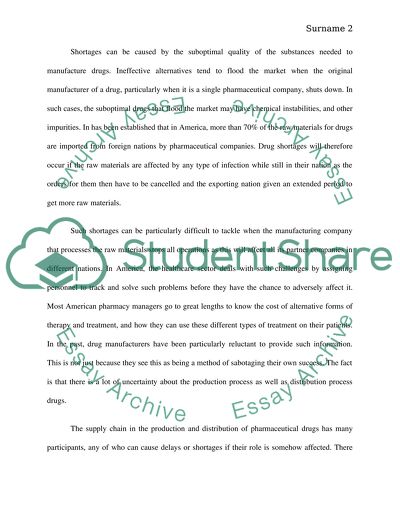Cite this document
(“Drug Shortages affecting Patient-Care in the U.S. and the FDAs Role in Research Paper”, n.d.)
Retrieved from https://studentshare.org/health-sciences-medicine/1479769-drug-shortages-affecting-patient-care-in-the-us-and-the-fdas-role-in-it
Retrieved from https://studentshare.org/health-sciences-medicine/1479769-drug-shortages-affecting-patient-care-in-the-us-and-the-fdas-role-in-it
(Drug Shortages Affecting Patient-Care in the U.S. And the FDAs Role in Research Paper)
https://studentshare.org/health-sciences-medicine/1479769-drug-shortages-affecting-patient-care-in-the-us-and-the-fdas-role-in-it.
https://studentshare.org/health-sciences-medicine/1479769-drug-shortages-affecting-patient-care-in-the-us-and-the-fdas-role-in-it.
“Drug Shortages Affecting Patient-Care in the U.S. And the FDAs Role in Research Paper”, n.d. https://studentshare.org/health-sciences-medicine/1479769-drug-shortages-affecting-patient-care-in-the-us-and-the-fdas-role-in-it.


